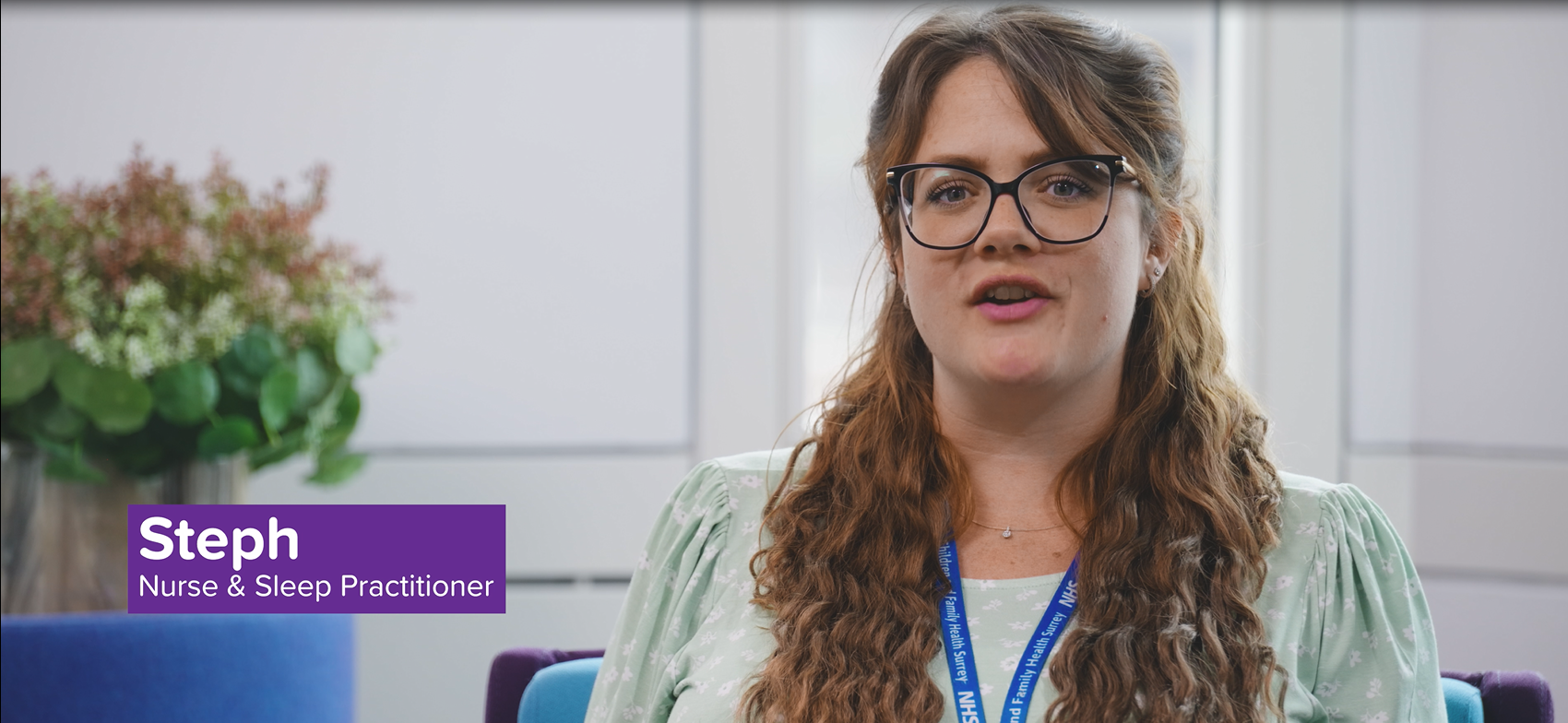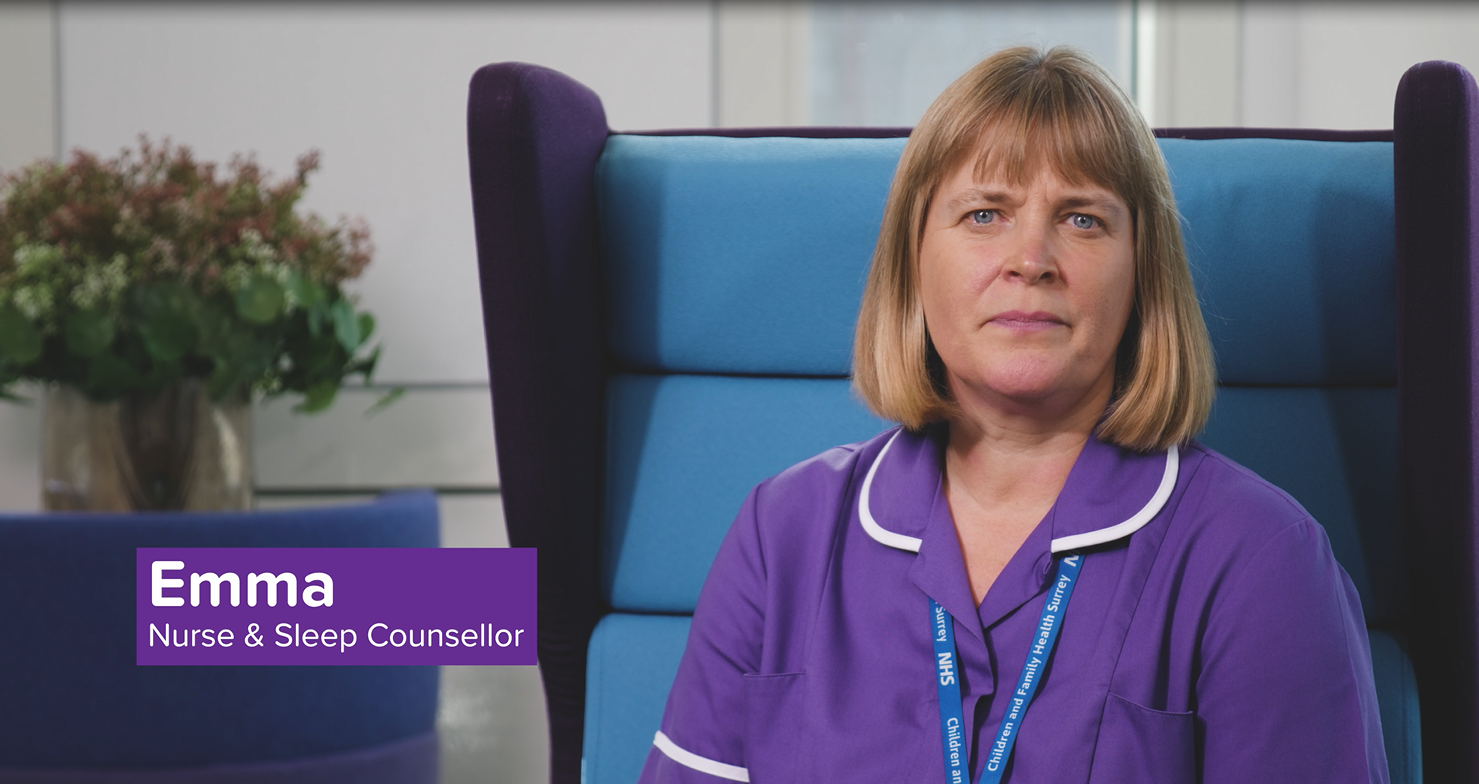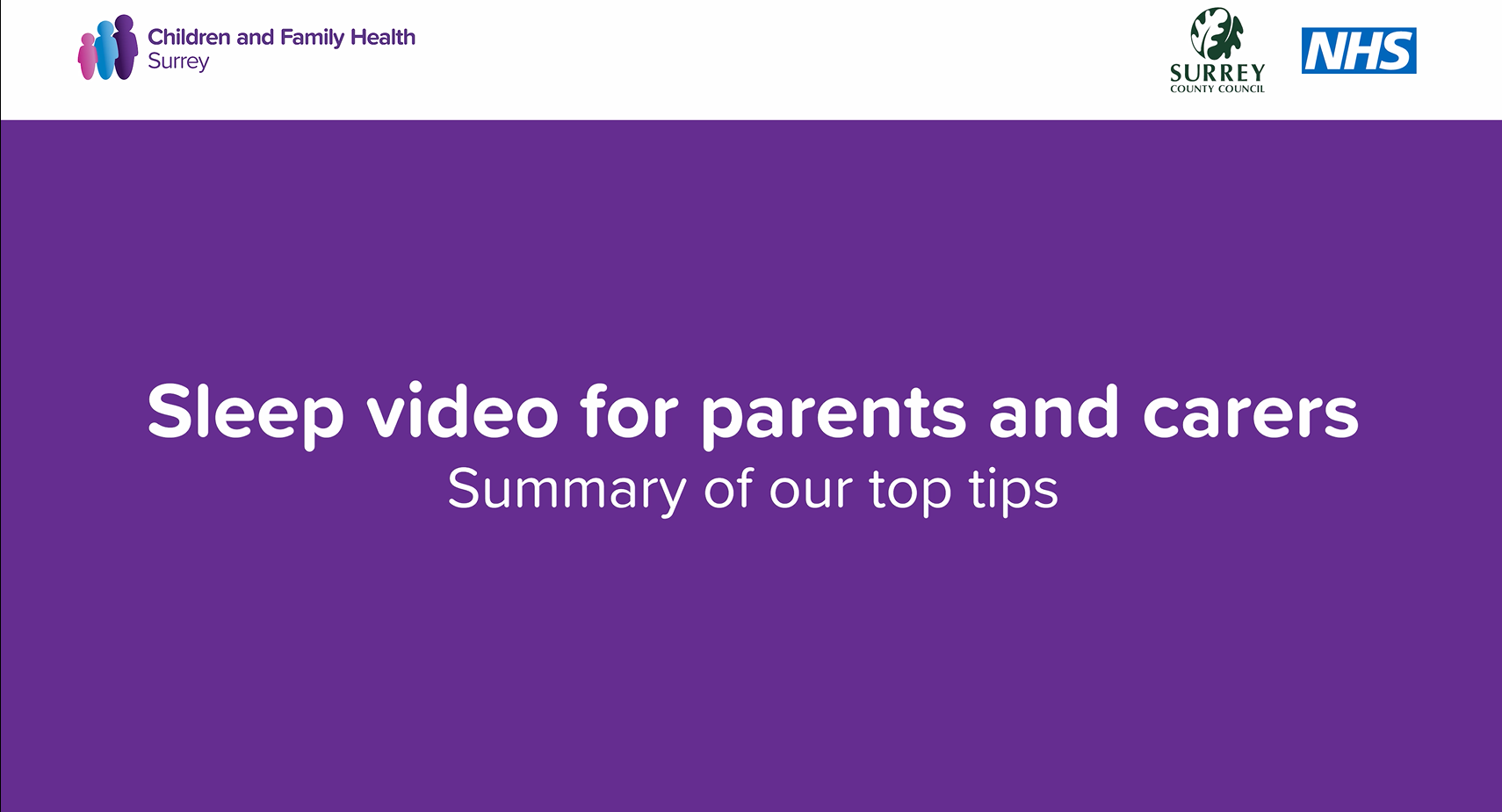Sleep is essential for children’s growth and development, and important for our mental, emotional, and physical wellbeing.
Our videos give advice, information and tips about supporting your toddler, child or teenager including those with additional needs and learning disabilities with sleep. We recommend you watch the videos in numerical order.
Video 1: Introduction to supporting your child’s sleep
Video 2: Sleep difficulties, bedtime routine and teenagers
Video 3: Sleep strategies, bedtime environment and additional needs
Video 4: Summary of our top tips
Please complete a short survey to give your feedback about the videos.
Visit the Sleep and your baby page.
If your child or young person is struggling to sleep it can be exhausting for them and for the whole family. More than half of all children may have difficulties settling or sleeping at some point in childhood. Children with additional needs and learning disabilities can be more likely to experience sleep difficulties.
Everyone needs sleep. And lots of important processes take place whilst we’re sleeping. A lack of sleep can affect our wellbeing and can cause depression, anxiety and difficulties regulating our emotions.
Common difficulties can include:
- Finding it hard to settle when you go to bed
- Waking throughout the night
- Waking too early in the morning
- Not falling asleep until late
- Finding it difficult to get up in the morning
- Feeling tired in the day.
If you would like further support contact our health visiting or school nursing teams through our advice line or visit a child health drop-in.
The section above includes our videos and sections below include information, tips and advice on how to support the sleep of your toddler, child and teenager (including those with additional needs and learning disabilities).
The relationships in your child's life help shape their emotional health and wellbeing.
Finding time to think about your own feelings, your child’s development, behavior and communication will support your understanding of them and how they are feeling. This can help you understand how to support your child with change and sleep difficulties.
Visit the Free guides: understanding your baby, child or teenager page to find out more.
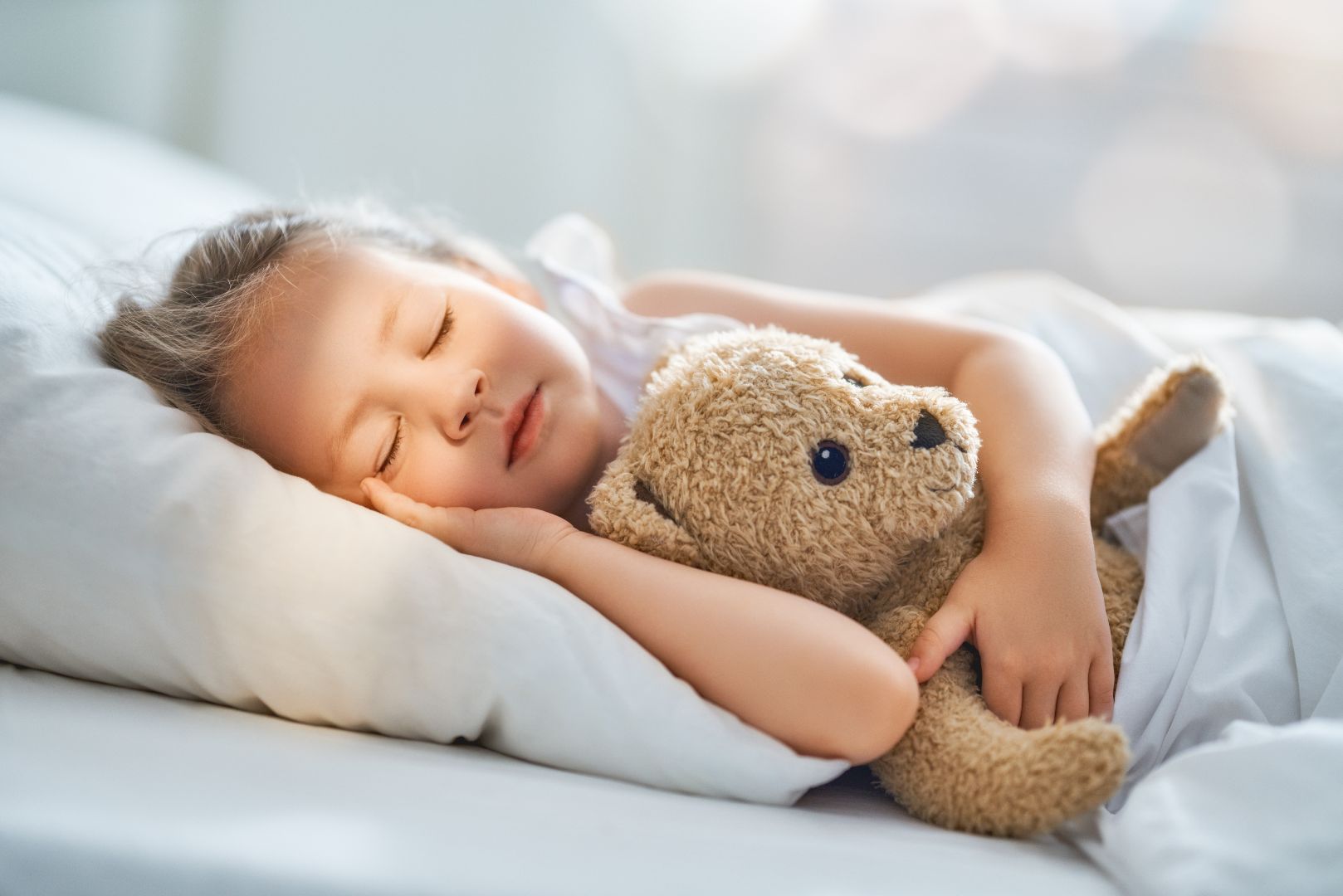
Bedtime routine
Bedtime routine is important in getting a good night’s sleep helping to support children’s body clocks and aid relaxation.
Consistency is key, sometimes sleep patterns may get worse before they get better. It is not uncommon to think that a new routine isn’t working but it is important to stick to it for at least two weeks to see results.
Visit the The Sleep Charity website and Sleep Scotland website for more information.
Golden Hour
The golden hour is the hour before bedtime for relaxing and winding down. If your child is excited or anxious, their bodies will produce extra cortisol, a hormone that wakes us up and stops us falling asleep.
This will then suppress the production of the hormone melatonin, a hormone that encourages us to become sleepy. For children, there are lots of activities which stimulate cortisol production such as exercise, watching TV and dancing.
Focus on quiet time and relaxing, and offer quiet, relaxing activities for your child. This could include spending one-to-one time with your child. You may want to give deep pressure hugs which can have a calming effect. Listen to relaxing music or audio books, read a story or poems using a quiet tone. Do calming crafts or tasks, puzzles, colour block sorting, counting objects or a jigsaw.
Remember to turn screens off at least an hour before bedtime as they will stimulate your child.
Visit the Sleep Scotland website and The Sleep Charity website for further information
Bedroom environment
Temperature
- Hot, cold and drafty rooms can seriously impact on sleep.
- Your body’s heat peaks in the evening and then drops to its lowest levels when you are asleep so between 16 and 20 degrees is an ideal temperature.
- Temperatures over 24 degrees are likely to cause restlessness while a cold room of 12 degrees will make it difficult to fall asleep.
- Young children may require a slightly warmer environment, so think about getting a thermometer to keep track of temperatures.
- An extra layer of sheets or blankets will make you more comfortable when it’s cold and a pair of bed socks can also help.
- If it is safe to do so, have windows open to maximize cool air circulation in hot months.
Lighting
- When we see light our bodies tell us it’s time to wake up and when it’s dark, we release melatonin (the sleep hormone) which relaxes the body and helps us to drift off to sleep.
- Remember all screens and devices should be off, and not showing any light, so keep these out of the bedroom.
Comfort
- Your child’s bed and being comfortable is so important for a good night’s rest. Think about their mattress, pillows, duvet and positioning.
-
Sound: loud, sudden or repetitive noises can interrupt sleep. However, some people find background noise and familiar sounds can be helpful and ‘white noise’ soothing.
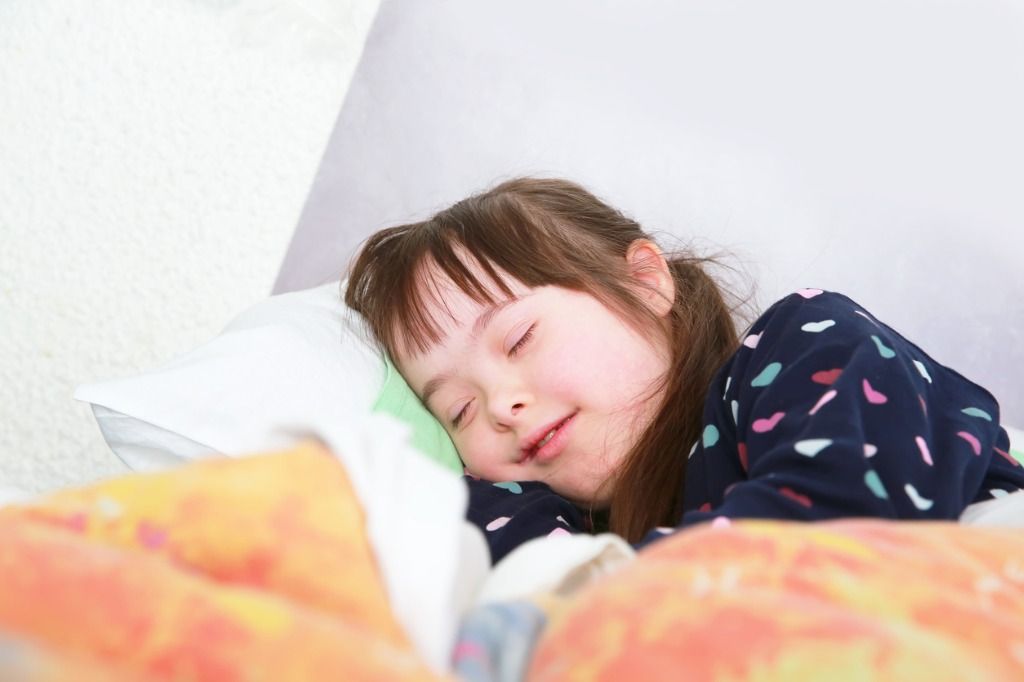
Relaxation
- The final step in creating the perfect sleeping environment is to ensure your child’s bedroom is relaxing. Making sure the bedroom is calm, tranquil and uncluttered.
- Some children may need additional sensory considerations and strategies in place to support and promote good sleep.
For children with additional needs and learning disabilities, please speak to a specialist school nurse or school nurse for more guidance and support.
Visit The Sleep Charity website and Sleep Scotland website for more information.
If your child or young person is experiencing sleep difficulties, we would recommend using a sleep diary for at least 2 weeks.
Visit The Sleep Charity website for further information.
Visit the sleep, food and drink page.
- Changes that occur during puberty can disrupt a teenager's body clock and cause it to shift.
- During adolescence the body clock can shift around 2 hours later, and this can last until their early 20s.
- This means that adolescents are likely to be more active in the evening and go to bed later.
- Because of this, teenagers may find it hard to settle at night and get up in the morning.
- Some teenagers find this shift to their body clock can be very disrupted.
- This is going to sleep very late at night or in the early hours of the morning and getting up in the late afternoon.
- A good evening routine will help to prevent disruption to a teenager’s body clock.
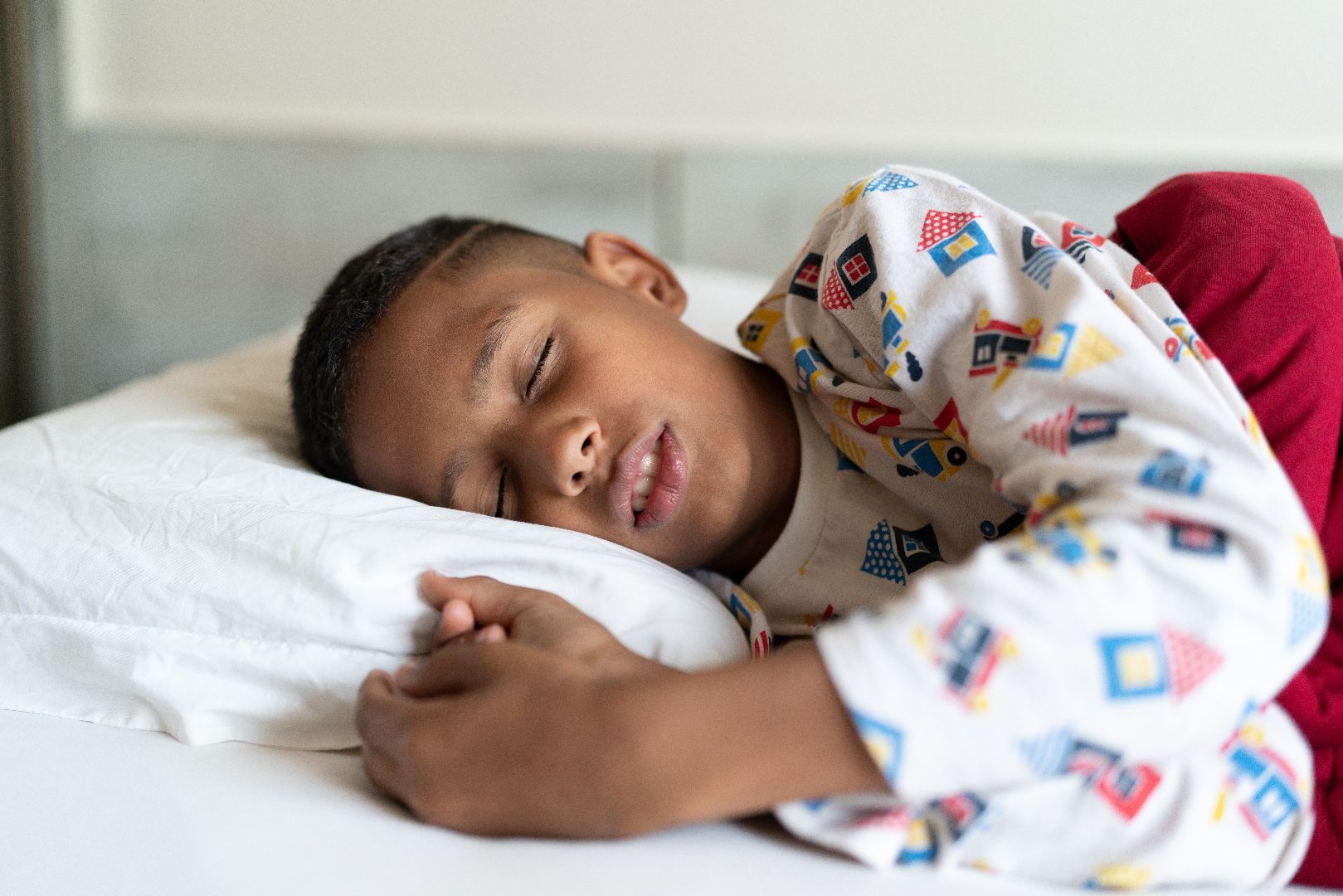
Visit the Teen Sleep Hub website for further information including advice about:
- anxiety
- routine
- going to sleep and waking up
- social media, screen time and peer pressure
- exercise
- remixes to relax.
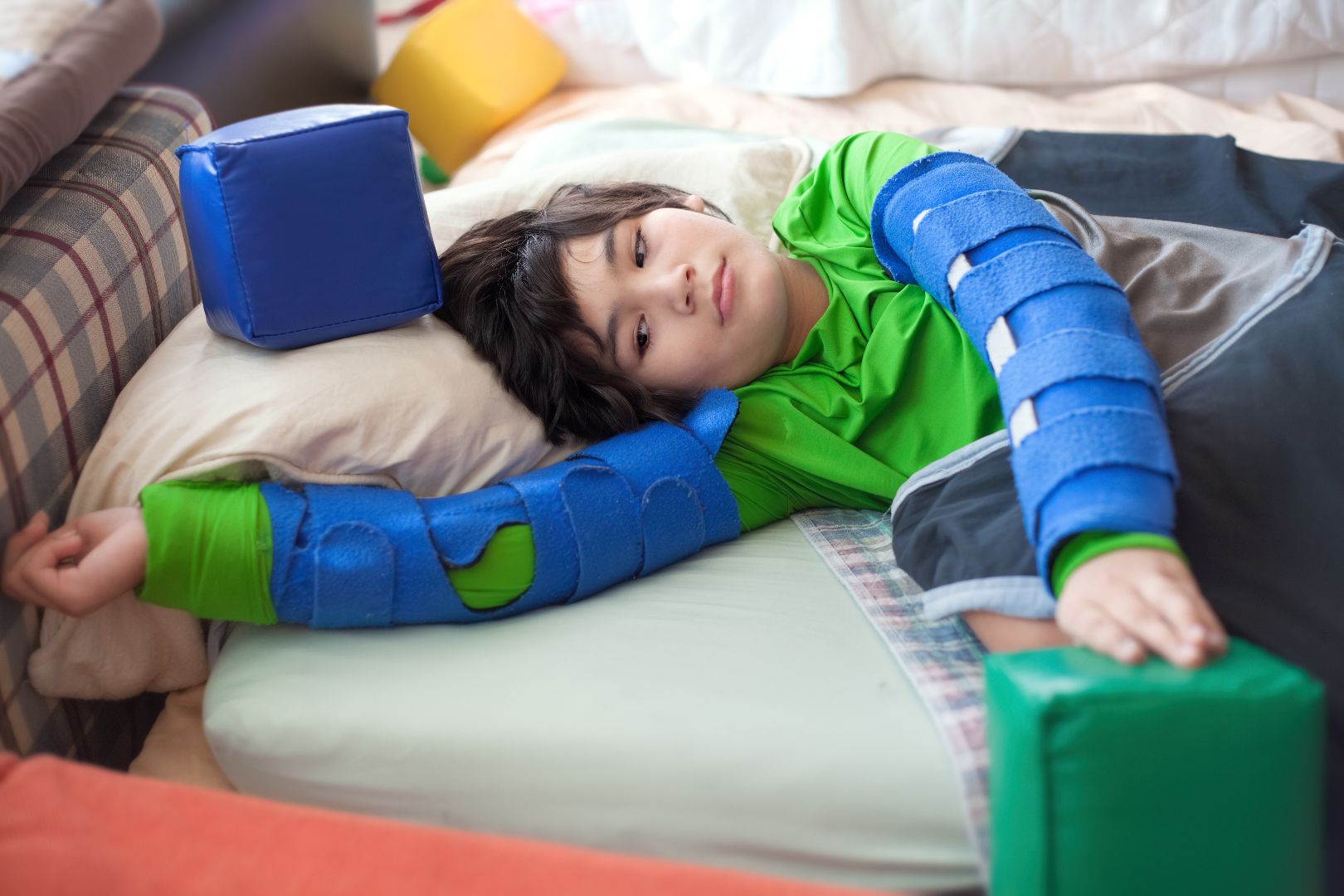
Sleep difficulties in children and young people with additional health needs and learning disabilities can be more common and complex.
This can range from finding it hard to get to sleep and waking up a lot at night to irregular sleep patterns and waking early in the morning.
What are the reasons?
There can be several reasons for sleep issues such as:
- physical reasons such as night-time wetting
- reduced mobility meaning your child may not able to turn and reposition themselves without support
- skin conditions causing itching and discomfort at night
- epilepsy and night-time seizures or seizures on waking
- autism or communication issues that can make changes to bedtime routines difficult (it is ok to change bedtime routines for autistic children, it just may take additional time and require extra support)
- hyperactive or attention conditions that may make it difficult to settle or move between daytime and night-time routines
- poor memory skills could mean a child has not learnt to sleep in their own bed
- those who have had a lot of hospital stays may have disrupted sleep patterns.
Visit the Specialist School Nursing page, Mindworks website, Cerebra website or National Autistic Society website for further information.
Talk to your child to try and understand their anxiety or worries. With older children, try talking to them without any pressure, perhaps during mealtimes, whilst walking or during an activity like arts and crafts. It can be easier for them to talk when there is another focus.
Provide a calm and consistent bedtime routine for reassurance and predictability. Create a comfortable sleeping space and peaceful environment. Support them to learn how to self soothe by trying muscle relaxation, mindfulness, or something like worry bags, worry boxes or worry dolls.
Visit the Mindworks website and Beacon House website for further information.
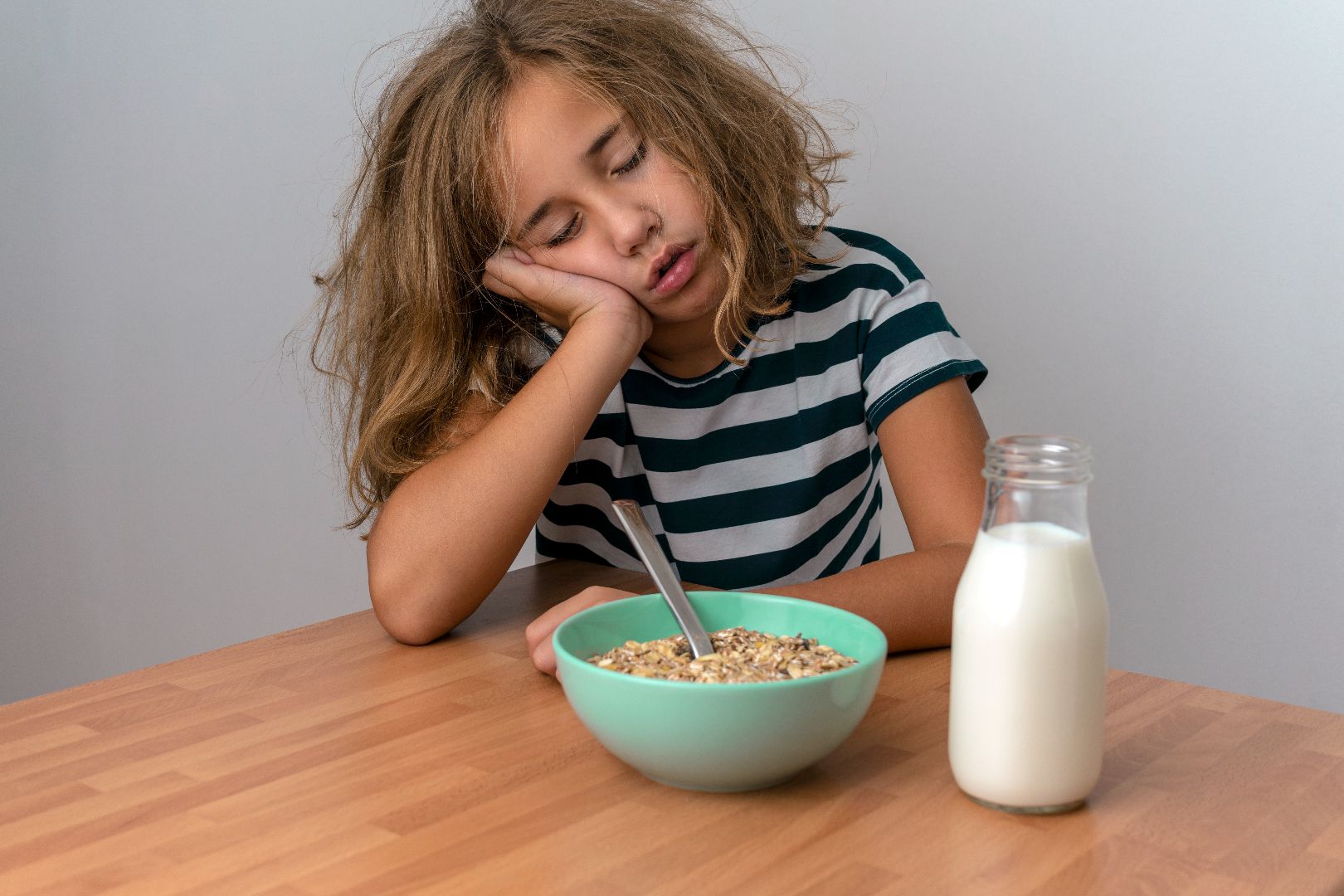
The following strategies can support your child's sleep difficulties. The key is to be consistent and provide continual reassurance for your child.
Visit the Cerebra website for further information for children with additional needs and learning disabilities.
Visual timetables are suitable for all children including those with additional needs and learning disabilities.
These timetables offer a series of pictures or symbols that can help children to understand the sequence of events in their sleep routine.
Visit the Autism Speaks website for further information.

- Make sure your child or young person is getting enough exercise throughout the day and eating well.
- The circadian rhythm is a 24-hour body clock so what we do during the day, impacts us at night.
- Provide a comfortable, uncluttered sleeping place and a relaxing bedroom environment.
- Use calming and relaxing approaches such as a bath, puzzles and reading
- Support your child to self-settle.
- Establish a regular bedtime routine and be consistent every day of the week.
- It can take several weeks or even months to establish a new routine so keep at it and persevere, you will get there.



